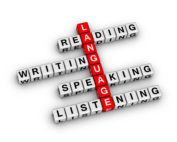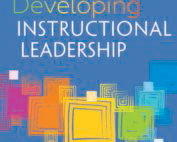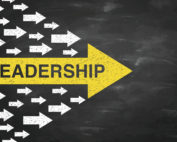What is Learnership?
Learnership combines the words and meanings of the words “learner” and “ownership.” Together, they embody the elevation of learning to learner ownership. Someone who has true learnership is one who self-directs, self-evaluates, self-reflects, and self-controls their own learning. We are posting new articles every week so make it your routine to check-in frequently. Or, subscribe to The Learnership Review and receive monthly emails so you never miss a thing.
What Teachers Are Saying About Instructional Leadership
In this article you will learn…
- How a principal can utilize the actions of instructional leadership to support their teachers to provide and the students to attain—at the highest levels of achievement each and every day.
- How to know the actions of instructional leadership are effective by listening for understanding about the goals of the initiative, articulations about how teachers will be supported, explanations about what success looks like and sharing about how teachers are working together.
- That you are not alone in this endeavor and can find additional support for developing instructional leadership from us. (elevatedachievement.com).
How to Develop Instructional Leadership
In this article you will learn…
- Instructional leadership is a skill that administrators can develop and is critical to elevating student achievement.
- The explicit actions of instructional leadership in curriculum, instruction, assessment, and climate.
- That you are not alone in this endeavor and can find additional support for developing instructional leadership from us. (elevatedachievement.com).
Instructional Leadership in Action: A Vignette About Implementing a Hybrid Learning Model
In this article you will learn…
- The actions of instructional leadership in curriculum, instruction, assessment, and climate that actually increase the opportunities for learning—and increase the opportunities for ownership.
- How a principal can model the thinking behind the ownership and explicitly address the skills of ownership.
- What the actions of instructional leadership look and sound like when a principal is utilizing them to support their staff in the implementation of a hybrid learning model.
The Power of Instructional Leadership
In this article you will learn…
- That any principal can increase staff motivation, and thus achievement, by increasing ownership.
- The strategic learning practices and actions of instructional leadership in curriculum, instruction, assessment, and climate that actually increase the opportunities for learning—and increase the opportunities for ownership.
- How to utilize the actions of instructional leadership to build a climate of ownership at your site.
Communication: How to Ensure Collective Clarity
In this article you will learn…
- What the notion of conceptual redundancy is and why it one of is the most important aspects of instructional leadership.
- How to overcommunicate with your audience by taking into account the variety of listeners and addressing the diverse—and sometimes competing—needs of the group.
- What conceptual redundancy looks like and sounds like from three principals who have utilized it as they implemented their own school-wide initiatives.
Question-Driven Feedback: How to Ensure Individual Metacognition
In this article you will learn…
- Why question-driven feedback is the most effective method to support stronger teachers’ decision making.
- How this method of discourse allows the teacher to own the feedback process by explaining, clarifying, and reflecting on the decisions they are making to implement the actions of the initiative.
- The guidelines for offering question-driven feedback to your teachers.
What are people saying about Elevated Achievement Group?
Relevant and valuable information that we can put into practice.
Can you imagine building an environment full of motivated, engaged, and eager students who own their learning?
We can.









